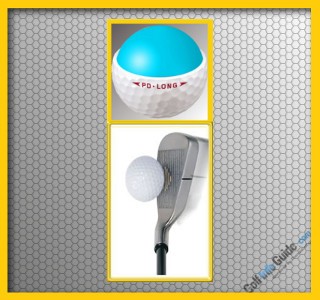
1. Golf Ball Compression Chart
Basically, the ‘compression’ rating of a golf ball is a number that relates to that ball’s ability to be compressed. Low compression golf balls require less force to have their size compressed than do high compression golf balls. When you hit a golf shot, the ball is actually deformed for a fraction of a second at impact. This happens far too quickly to be seen live, but it can easily be observed with the use of a high-speed camera. The ball is ‘squished’ up against the club face before restoring to its usual round shape as it launches off into the air.
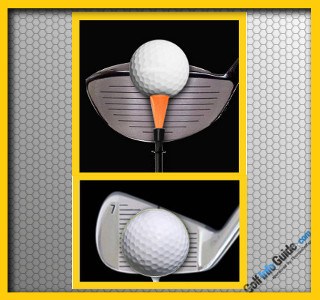
Playing golf in the 21st century means you have countless golf ball options available to you on the market today. There are a few leading brand names which dominate most of the sales, but there are many different models within those brands for you to consider. At first, it can be a little overwhelming when trying to pick out a golf ball simply because there are so many choices. However, once you learn the basics of what is important in a golf ball, and how to match golf ball characteristics to your swing, the process becomes rather easy.

While there’s no substitute for personally testing a golf ball on the course, these reviews should help you sort through the clutter and narrow down your options. It All Starts with Golf Balls.
Quite obviously, golf balls are not on the ‘optional’ list of golf equipment. If you want to play, you are going to need to find some kind of golf ball that will work for your game.
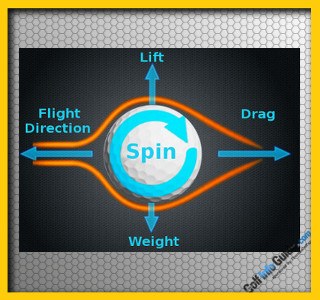
Golf ball spin is imparted at impact when the ball makes contact with the club face and it launched into the air. The type of golf ball spin that you put on the ball has to do with the path of the club as it swings through the impact area, relative to the position of the club face. A shot that is struck with a club face which is square to the path of the club should have all backspin and very little – if any – sidespin.
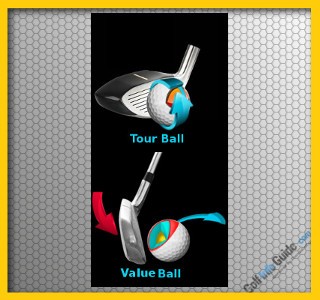
With golf ball comparison there is only so much you can learn from reading about and making comparisons with different models and brands of golf balls online. To best compare and determine which golf ball is the right pick for you, try out as many different options as you can. Buy sleeves of three instead of whole dozens at first while you are testing and comparing various golf balls. Play a round or two with each ‘contender’ until you have decided which golf balls provides you with the correct performance characteristics. You might be surprised at how easy it is to tell when you have found just the right ball.
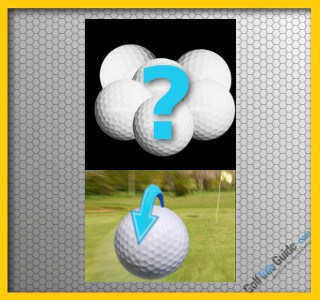
In this golf ball section we will talk about all the different top rated types, and how they can help you improve your golf game.

(Two) 2 – piece/layers golf balls: A thin but tough outer layer envelops a large, solid core. Spin is minimized, delivering maximum distance but also reducing the amount these balls will slice or hook. Examples: Top-Flite D2+, Titleist DT Solo.
<
(Three) 3 – and 4 (four)-piece/layers golf balls: Most tour models feature three or four layers: a relatively soft cover, one or two intermediate pieces, and a solid (sometimes liquid) core. Their high spin rates provide excellent greenside control and allow skilled golfers to play shots like draws and fades. Examples: Titleist ProV1 (three-piece), Bridgestone B330 (four).
<
(Five) 5 – piece/layers golf balls: Introduced in 2010, the TaylorMade Penta is the first five-layer golf ball. It features similar benefits to the three- and four-piece models.
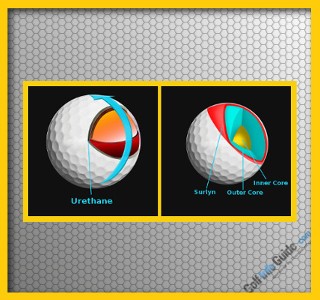
Learn the Basics of Golf Ball Covers
Golf ball term “Cover”: The golf ball’s outer most layer. Typically made from urethane or a material called Surlyn, the cover is dimpled and has a major effect on the ball’s performance characteristics. Play a round or two with each ‘contender’ with different covers until you have decided which golf ball cover provides you with the correct performance characteristics.

The dimples on your golf ball increase the turbulence in the air as it flows around the ball – which might sound like a bad thing, but it is actually a very good thing.is turbulence allows for spin to be created on the ball, in a variety of directions. Backspin is crucial to any golf shot because it enables the ball to stay in the air longer, and stop quicker when it lands.
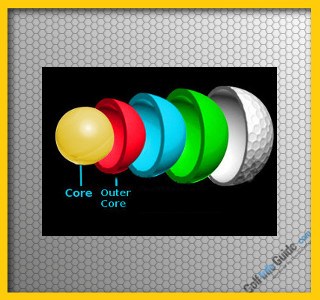
Learn the Basics of Golf Ball Core
Golf ball term “Core”: Golf Ball Core: The ball’s center, which is solid and usually made of rubber or resin. Core construction is a key factor in the ball’s distance and spin characteristics.





